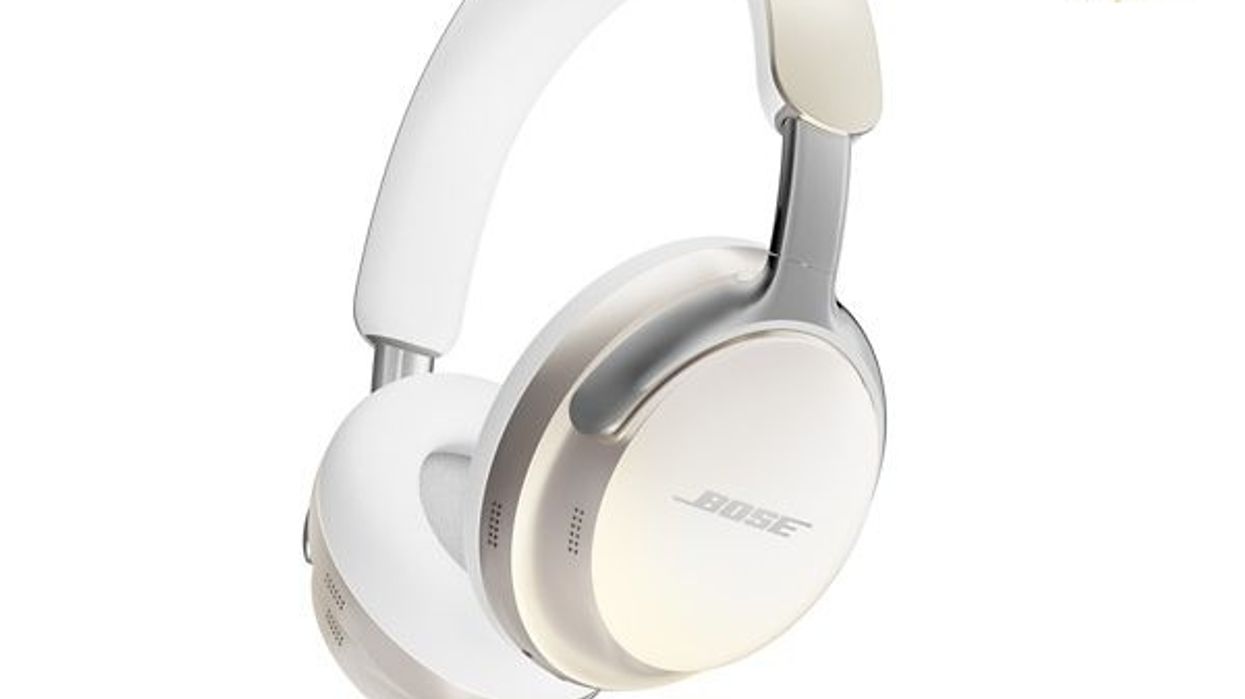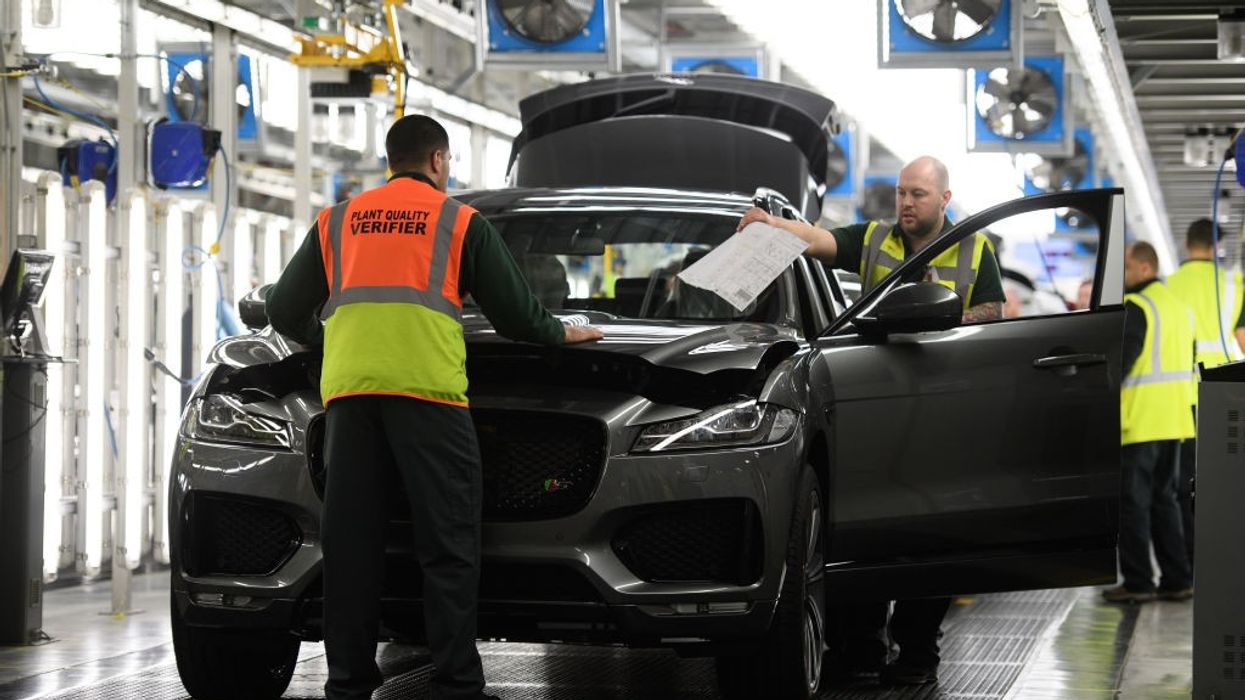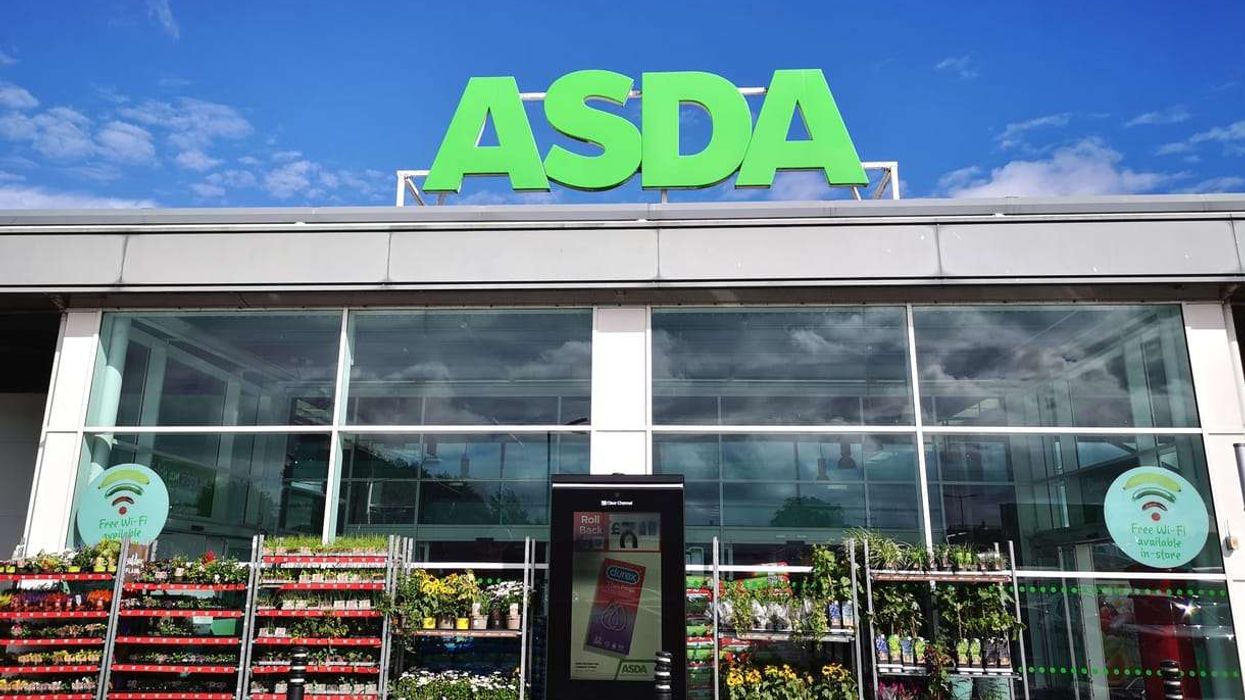Wireless headphones are no longer just a luxury; they’re a lifestyle essential. Whether you’re blasting your favourite playlist on your morning commute across London, tuning out distractions while working from home, or hitting the gym, the right pair can make all the difference. But with countless options flooding the market, how do you choose? Don’t worry—we’ve done the hard work for you. From premium noise-cancelling powerhouses to wallet-friendly gems, here are the five best wireless headphones to elevate your audio game in 2025. Here’s our list:
1. Bowers & Wilkins Px8 (2025 Edition): A standout choice for UK audiophiles, the Bowers & Wilkins Px8 combines British craftsmanship with cutting-edge technology. Known for their luxurious design and exceptional sound quality, these over-ear headphones feature enhanced noise cancellation and up to 35 hours of battery life. Whether you’re navigating the Tube or enjoying a quiet evening at home, the Px8 delivers a rich, immersive listening experience.

- Want to experience premium sound? Get the Bowers & Wilkins Px8 (2025 Edition) today!
2. Apple AirPods Max (2025 Edition): Apple’s premium over-ear headphones have been updated with improved spatial audio and longer battery life. Ideal for Apple users, the AirPods Max seamlessly integrate with other Apple devices, making them a top choice for those already in the ecosystem. Whether you’re in Manchester or Edinburgh, these headphones ensure a premium listening experience.

- Upgrade your audio game! Get the Apple AirPods Max (2025 Edition) now.
3. Bose QuietComfort Ultra: Known for their comfort and exceptional noise cancellation, the Bose QuietComfort Ultra headphones are a great option for long listening sessions. They’re lightweight, durable, and deliver rich, balanced sound, perfect for travellers or remote workers across the UK.

- Experience next-level comfort and sound! Get the Bose QuietComfort Ultra today.
4. Sennheiser Momentum 4 Wireless: For audiophiles, the Sennheiser Momentum 4 Wireless headphones are a dream come true. With superior sound quality, a stylish design, and up to 60 hours of battery life, these headphones are a premium choice for those who prioritise audio performance. Whether you’re in Birmingham or Brighton, the Momentum 4 Wireless won’t disappoint.

- Immerse yourself in superior sound! Get the Sennheiser Momentum 4 Wireless today.
5. Jabra Elite 85t (2025 Refresh): A more affordable option without compromising on quality, the Jabra Elite 85t offers excellent noise cancellation, a comfortable fit, and impressive sound quality. These earbuds are ideal for gym-goers or anyone looking for a compact, versatile option. Perfect for busy Brits on the move.

- Experience premium sound on the go! Get the Jabra Elite 85t (2025 Refresh) today.
Whether you’re chasing studio-quality sound, unbeatable noise cancellation, or a steal that won’t break the bank, 2025’s line-up has you covered. With the latest tech and sleek designs, wireless headphones have never been this good. Ready to transform how you listen? Your perfect pair is just a click away, so explore the top picks now!














